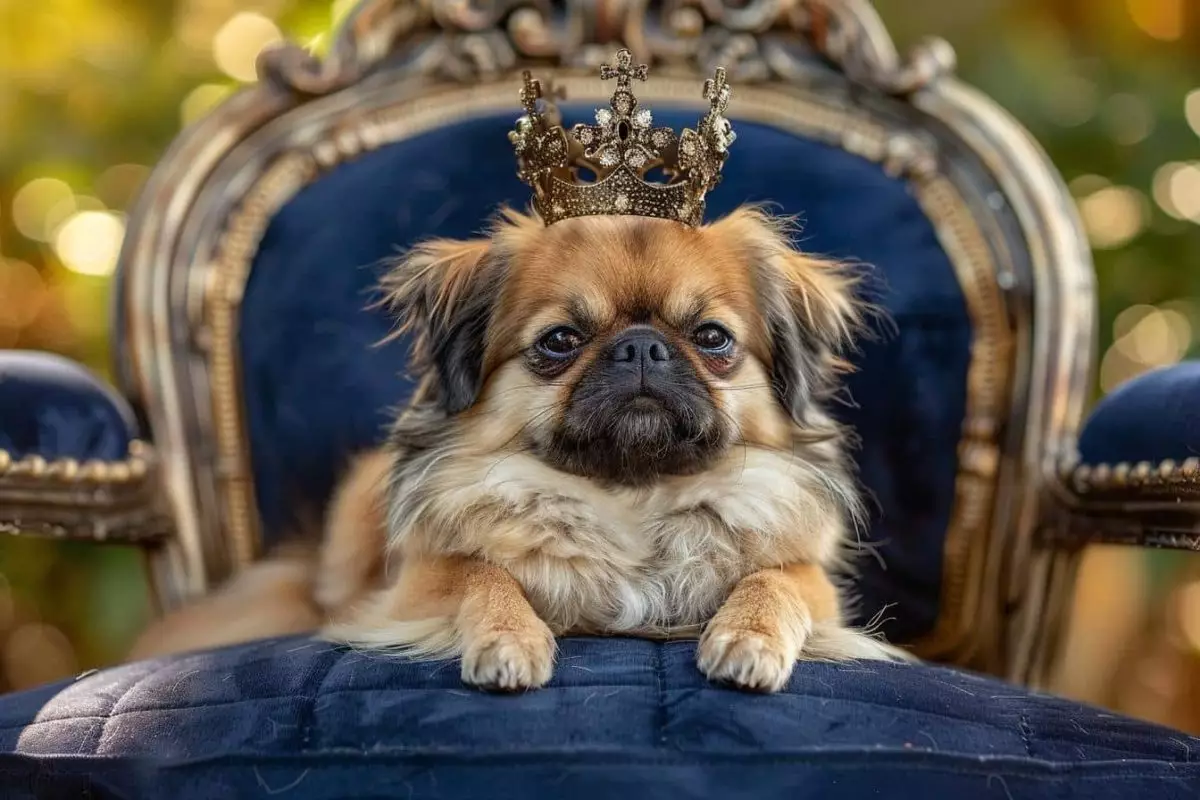Dogs are endlessly fascinating creatures whose behaviors transcend simple communication—these are vivid expressions of their personalities, instincts, and emotional states. Their actions often seem baffling or exaggerated, from tail wags to territorial yaps and theatrical sulks. But in reality, these behaviors reveal a complex tapestry of instincts and learned responses. Recognizing the deeper meaning behind dog actions enables owners not just to decode their pets better but also to forge a more profound, empathetic connection.
Take a tail wag, for example. While many interpret it as pure happiness, dogs might wag for a multitude of reasons—nervousness, excitement, or even mild irritation. Similarly, a dog barking sharply at the mailman could stem from a natural protective instinct rather than mere annoyance. These behaviors, when viewed through a more insightful lens, serve as windows into their emotional landscape, allowing us to better understand their needs and boundaries.
Furthermore, behaviors like curling up in specific spots or avoiding certain areas hint at comfort zones or fears built through past experiences. A dog’s refusal to enter a room or reluctance to interact can be rooted in trauma or anxiety, making patience and positive reinforcement essential. More so, understanding that these behaviors are often driven by innate survival or social instincts reframes them from being simply quirky to meaningful indicators of well-being.
In essence, appreciating these natural behaviors empowers us to become more attuned, respectful, and nurturing to our canine companions, transforming everyday moments into opportunities for deeper bonding. These insights are especially crucial when considering breed-specific traits—what might be perceived as “drama” is often a breed’s unique way of requesting attention, fairness, or recognition.
The Dramatic, yet Endearing Personalities of Trait-Specific Breeds
Some dog breeds seem to wear their personalities like crowns—regal, attention-seeking, and unapologetically dramatic. These breeds often have an exaggerated sense of self-importance, and their behaviors, while sometimes overwhelming, are part of their charm and identity. Recognizing this trait as part of their personality, rather than flaws, allows owners to embrace their dogs’ flamboyance and respond with patience and humor.
Take Pomeranians—they’re tiny but act like royalty. Their loud barking and dramatic flair come across as a desire to rule the household. Their fluffy coats seem designed to accentuate their commanding presence, making them appear like tiny kings and queens. While some might find their arrogance exhausting, it’s important to acknowledge their confidence as an inherent part of their charm and history—bred as companions to aristocrats and still carrying that regal attitude.
Chihuahuas, on the other hand, are fiercely territorial, and their petite size belies their enormous sense of self-importance. They view the world as their domain, and their loud barking and theatrical growls serve as declarations of their authority. Their tendency for dramatic outbursts over minor grievances—like an unfilled food bowl—demonstrates their insatiable need for control and attention. These behaviors aren’t just fun quirks but expressions of their deep-seated personality traits.
Breeds like Yorkshire Terriers and Shih Tzus exemplify the “drama queen” archetype, demanding constant attention through a combination of adorable looks and diva-like antics. Their luxurious coats and poised demeanor turn even mundane interactions into opportunities for melodrama, whether they’re sulking when ignored or insisting on being the center of attention. Their need for validation is intertwined with their identity, making them both lovable and a tad exhausting.
French Bulldogs and Dachshunds add humor and pathos to the mix—often playful but quick to sulk when they don’t get their way. Their expressive faces and dramatic reactions keep owners both entertained and on edge, as they seem to alternate between joyful mischief and pouty protest. Their stubbornness and flair for the theatrical reinforce the notion that personality is everything; they are confident, stubborn, and utterly compelling.
Other breeds like Maltese and Bichon Frises thrive on recognition. Their tiny, adorable appearances often mask a desire for constant affection. When ignored, they resort to barking and jumping, turning their need for love into high comedy. Similarly, the Pekingese and Scottish Terrier breeds are masters of the sulk, demanding royal treatment through their sassy and sometimes aloof demeanor. Their personalities are infused with a regal or independent flair—traits that, when embraced, make for endlessly entertaining companions.
The more elegant and sensitive breeds like the Italian Greyhound or Lhasa Apso display a different form of drama—one rooted in their need for reassurance and their high standards. These dogs, with their refined looks and delicate temperaments, often sulk or withdraw if they feel slighted, turning emotional cues into moments of theatrical vulnerability. Their dramatic persona is a testament to their sophistication—yet it also requires owners to be attentive and nurturing.
A Love Letter to the Drama-Driven Dogs
In embracing these breeds, we find ourselves immersed in a world of vivid personalities and spirited behaviors. These dogs challenge us to practice patience and humor, transforming everyday routine into a delightful circus of emotional expression. Their theatrical antics serve not only as entertainment but as reminders that dogs, much like humans, possess richly layered personalities deserving of respect and understanding.
Their demand for attention, their expressive reactions, and their charismatic pouting all stem from a desire to connect. Recognizing that their behavior is a form of communication—akin to a diva’s dramatic performance—helps us appreciate the authenticity of their personalities. It invites us to see beyond their “antics” and appreciate the heartfelt reasons behind their need to be noticed, loved, or recognized.
In the end, owning a breed with a dramatic streak isn’t about managing flaws but celebrating a colorful, dynamic soul. These dogs turn ordinary life into extraordinary experiences, inspiring laughter, patience, and a genuine appreciation for the vibrant personalities that make each breed uniquely captivating. If approached with affection and a sense of humor, the drama becomes part of the charm—a testament to the rich tapestry of canine character that enriches our lives daily.

